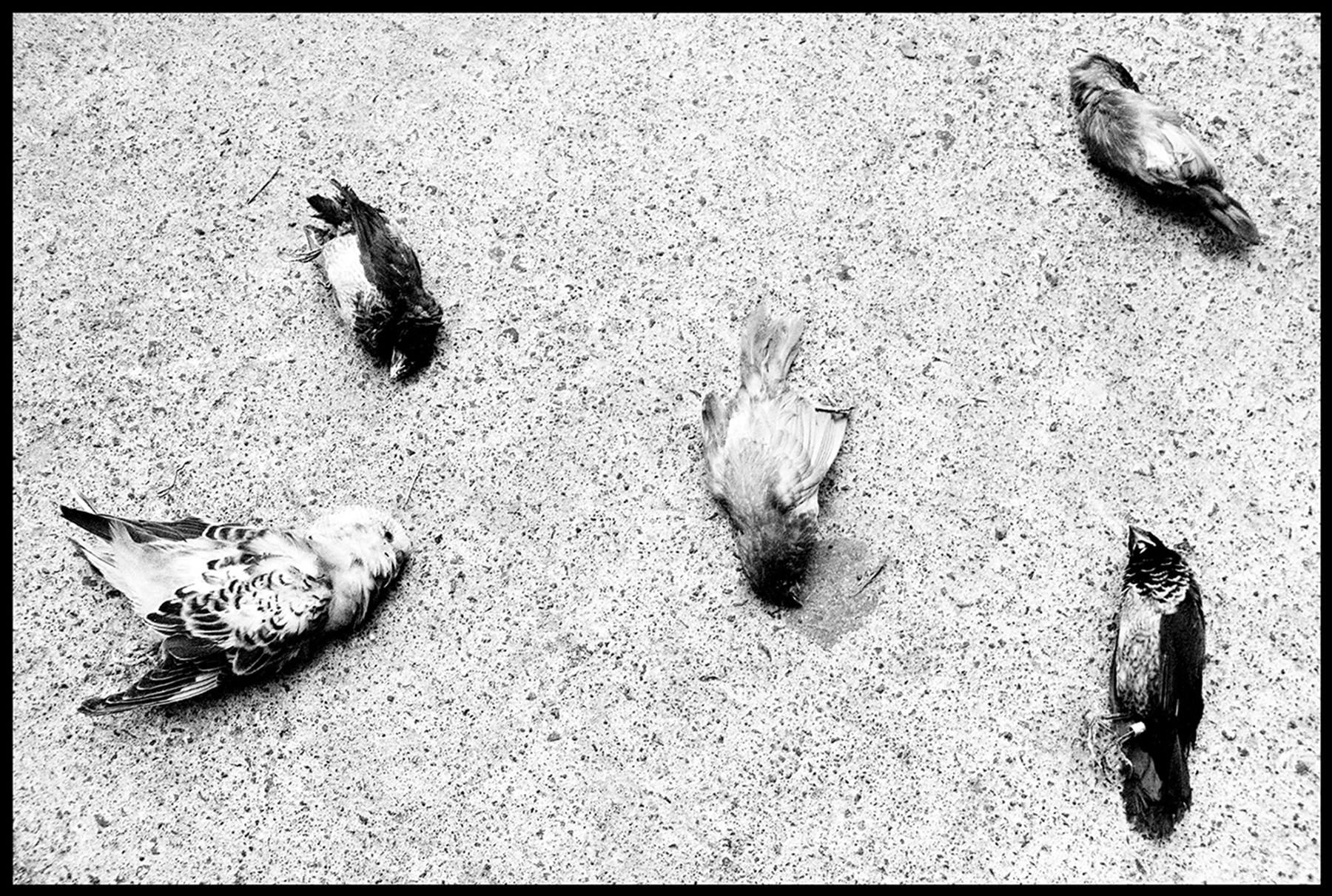Faceless in Guatemala
The photographs for Faceless in Guatemala were taken in August 2017, while I was walking the streets of the capital. The word "Guatemala" comes from the indigenous term Cuauhtēmallān, the land of many trees. A local legend states, when Tecún Umán, the last prince of the Mayans, was born there was a quetzal in a tree, watching. The bird guarded the young prince, until his death under the sword of Dom Pedro de Alvarado, a Spanish conquistador. Struck with grief the bird soaked his breast feathers in the wound of the slain prince. Since then, all male quetzals have had a scarlet mark on their breast feathers, a symbol of freedom and liberty for the citizens of Guatemala.
It seems as if the legend repeats itself in modern history and Guatemalans live with grief imposed by continuous violence and criminality, while the grieving quetzal lives among them.
Violence affects the whole capital and Ghettos of lawlessness dictate behavior. Divided into zones the city declares its safety. In the 'Zona Viva' life is relatively safe for the rich. The poor are only able to gain subsistence there, whereas their real life is in the undeclared, or in one of the very dangerous red zones.
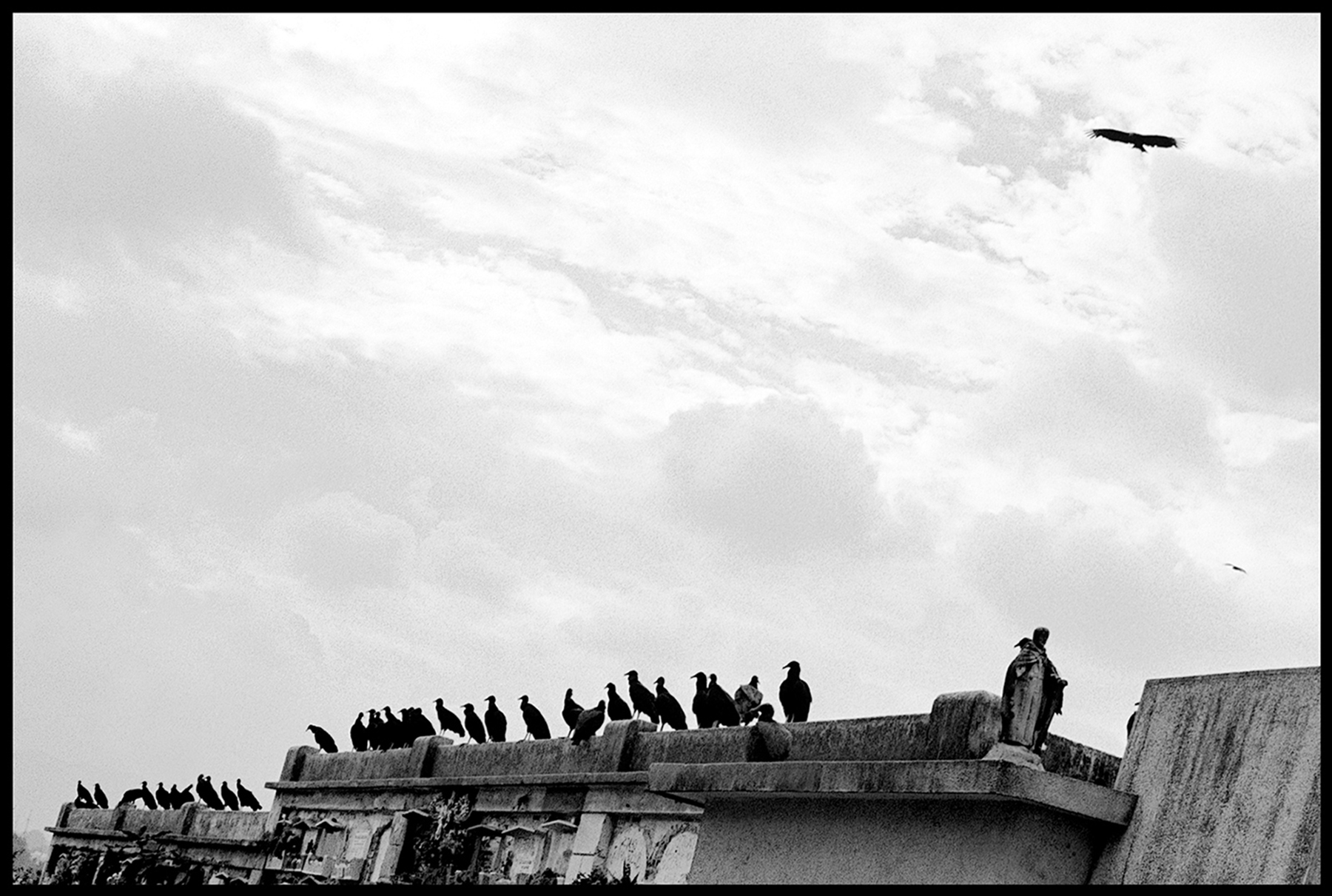
The “basurero”, the cities garbage dump. is the biggest landfill in Central America. A high cliff just behind the graves separates the oldest cemetery from the dumping site. The resting place was built in the late 1800´s and was reserved exclusively for the elites. Reoccurring mudslides lets tombs and graves slide into the garbage.

With almost 16 million people Guatemala is the most populated country in Central America. After a coup d´état in 1954, initiated by the CIA, the country plunged into a civil war in the 1960s; A debilitating time lasting 36 years. Approximately 200,000 people were murdered and 45,000 disappeared.
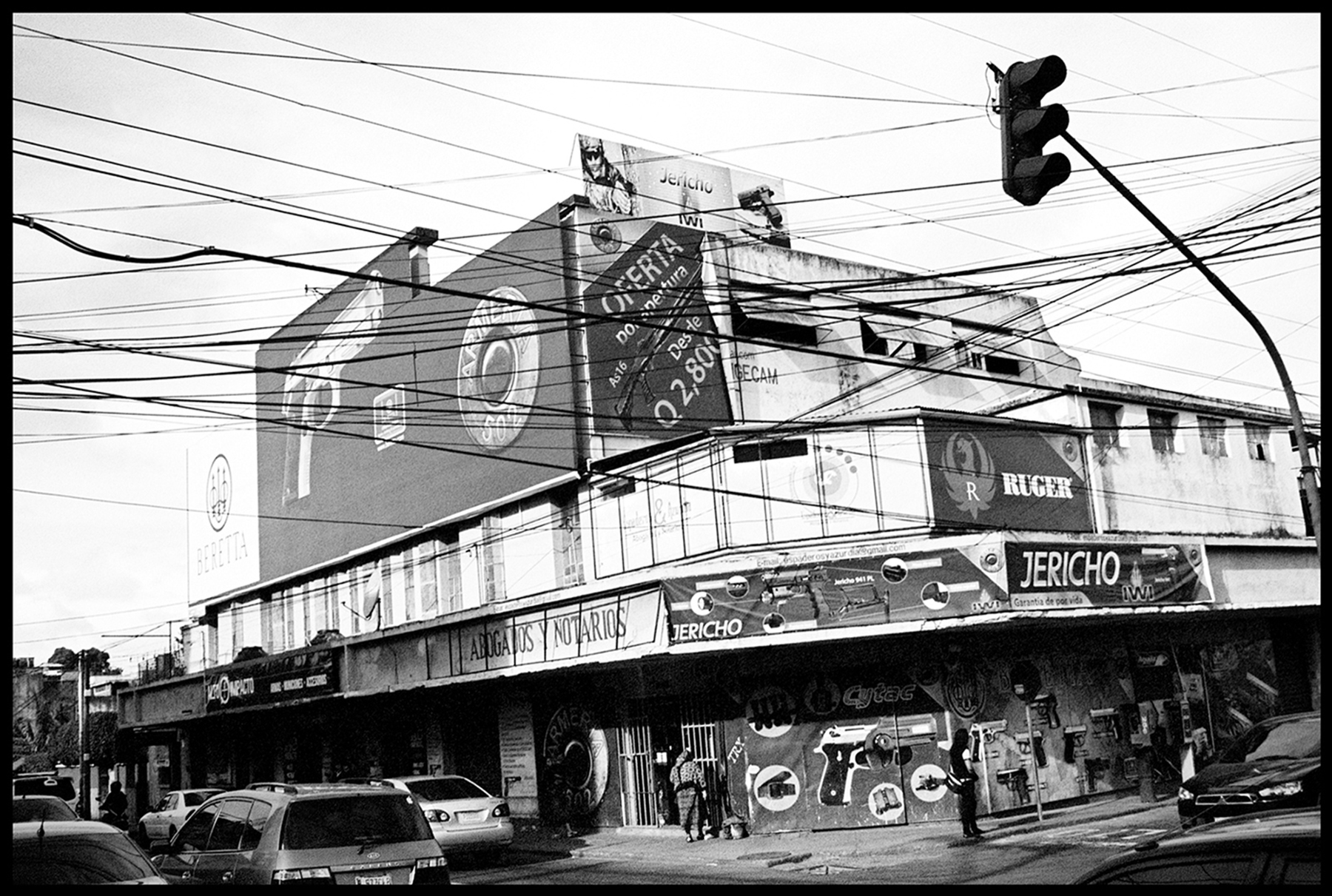
Central America´s biggest problem is violence. On average 100 homicides occur every month, ranking with the 5th highest homicide rate in the world. 10% of Guatemalan citizens possesses firearms, which makes Guatemala City a very violent place.
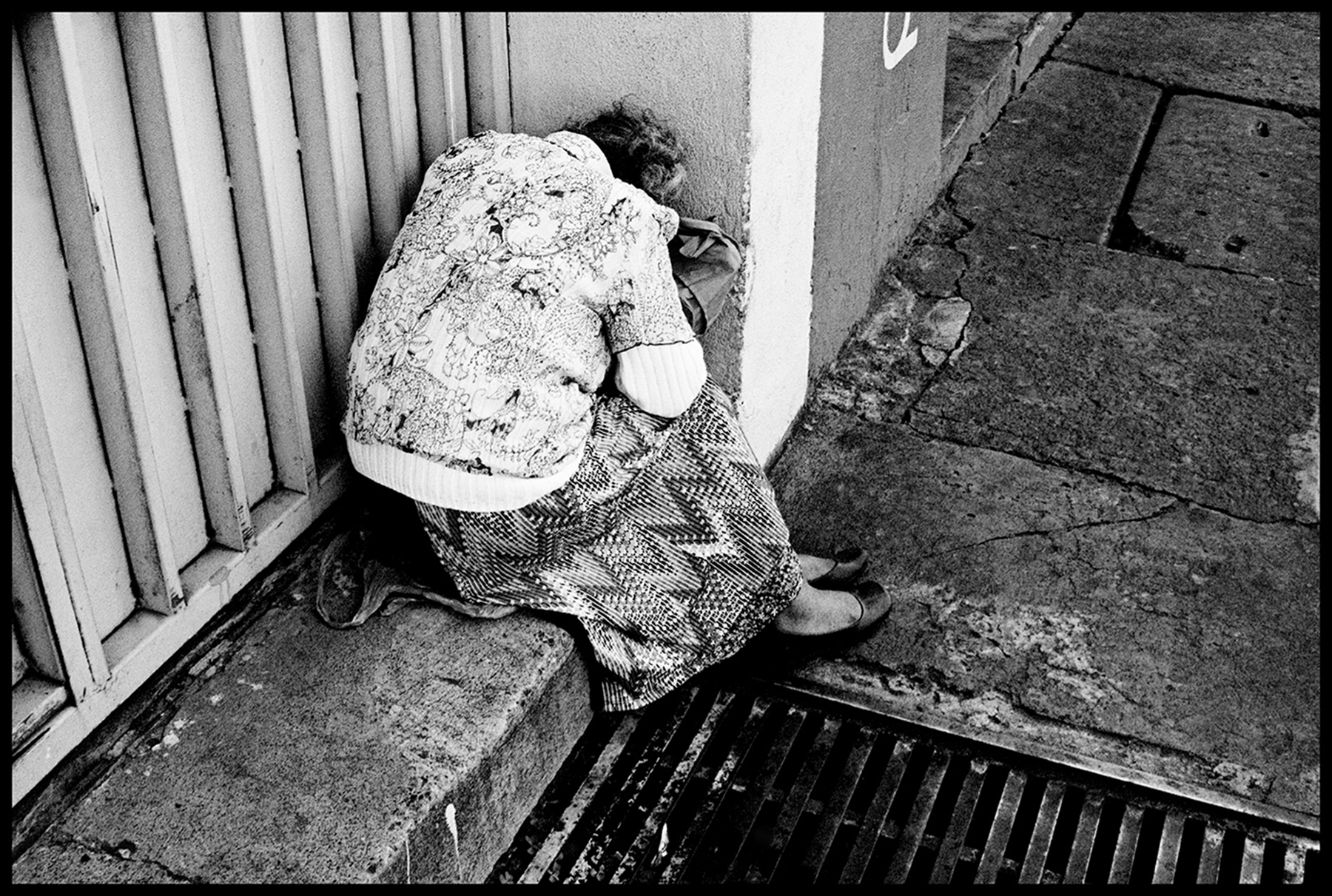
An estimated 75% of the Guatemalan population lives in poverty. More then 50% of the population has an income which is described as extreme poverty. Defined by the International Community, extreme poverty is an income less then $ 1.25 per day.
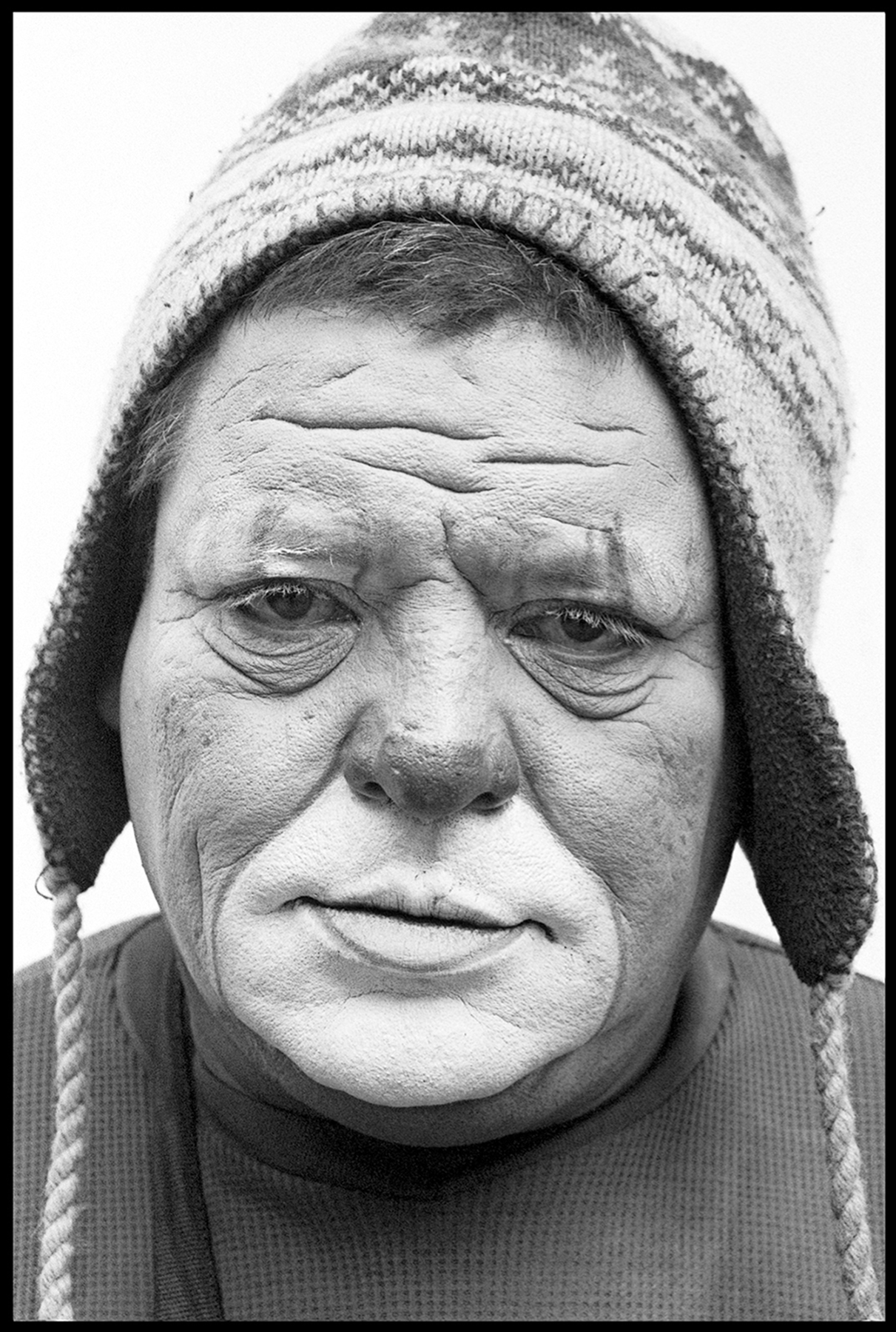

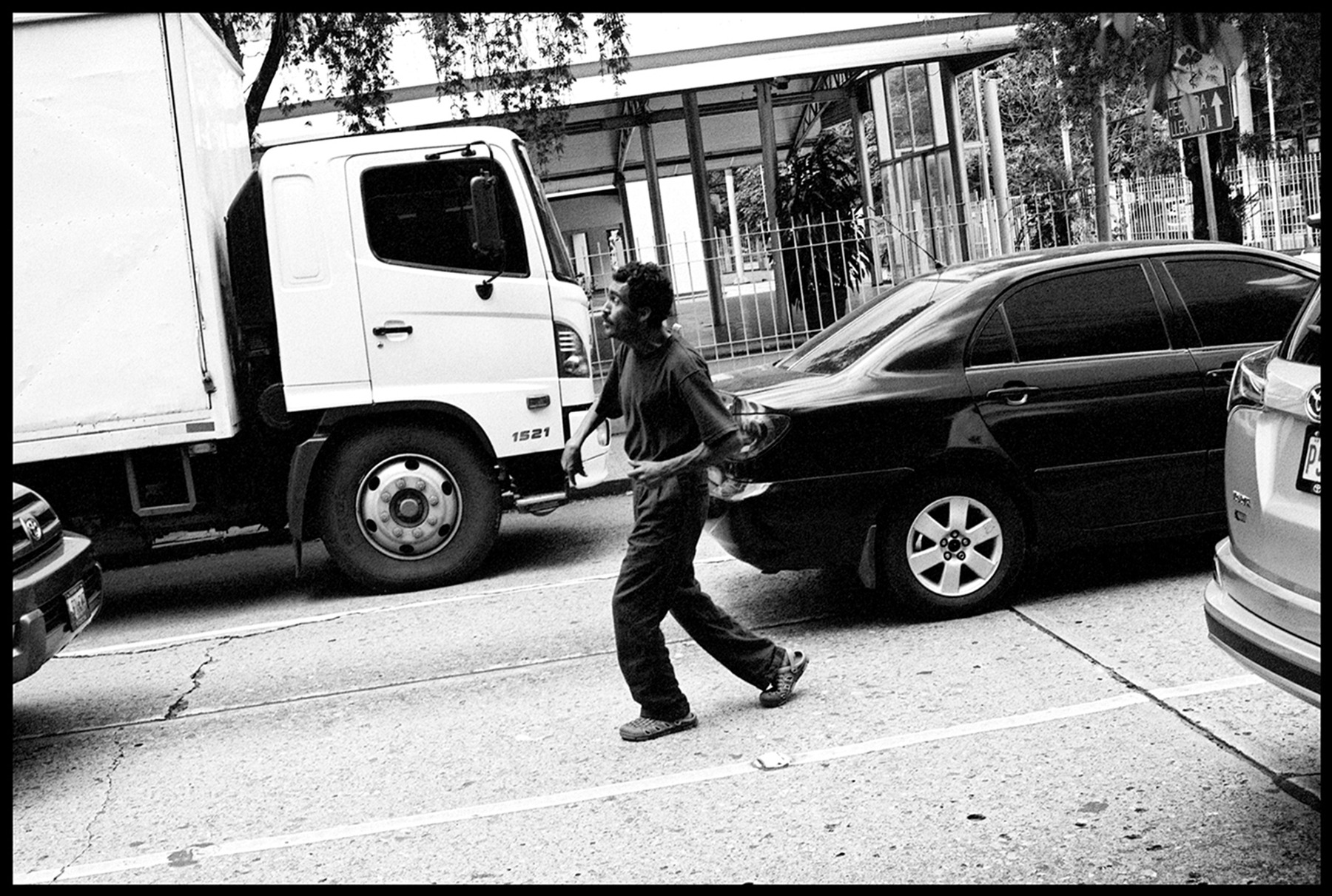

”La Limonada” is the largest urban slum of Central America. Approximately 60,000 people live there. Due to its high crime rate the slum is declared as Red Zone. It is mainly controlled by gangs.
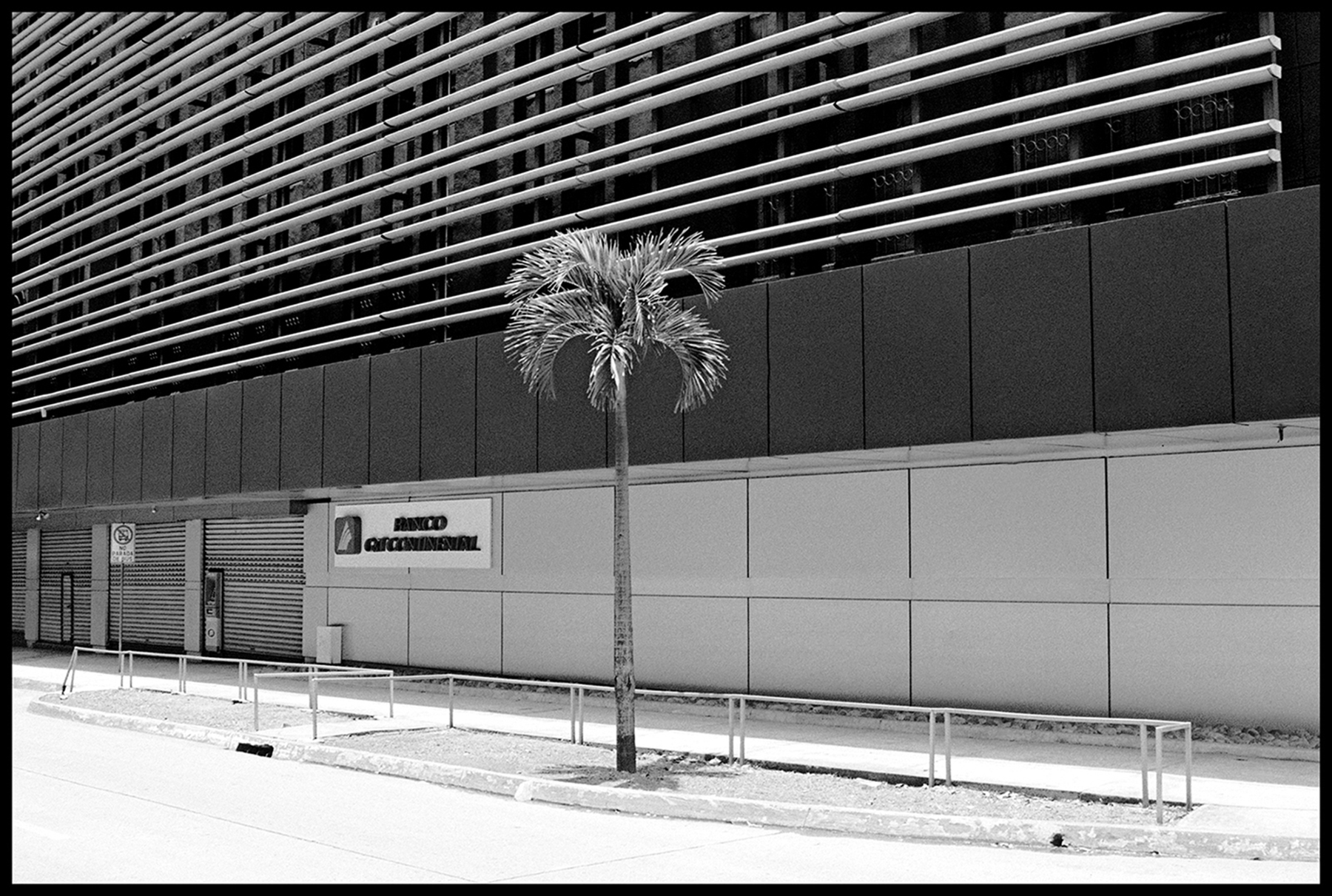
In 2015 Guatemala had one of the strongest economies and at the same time one of the highest inequality rates of Latin America, according to a World Bank report.
